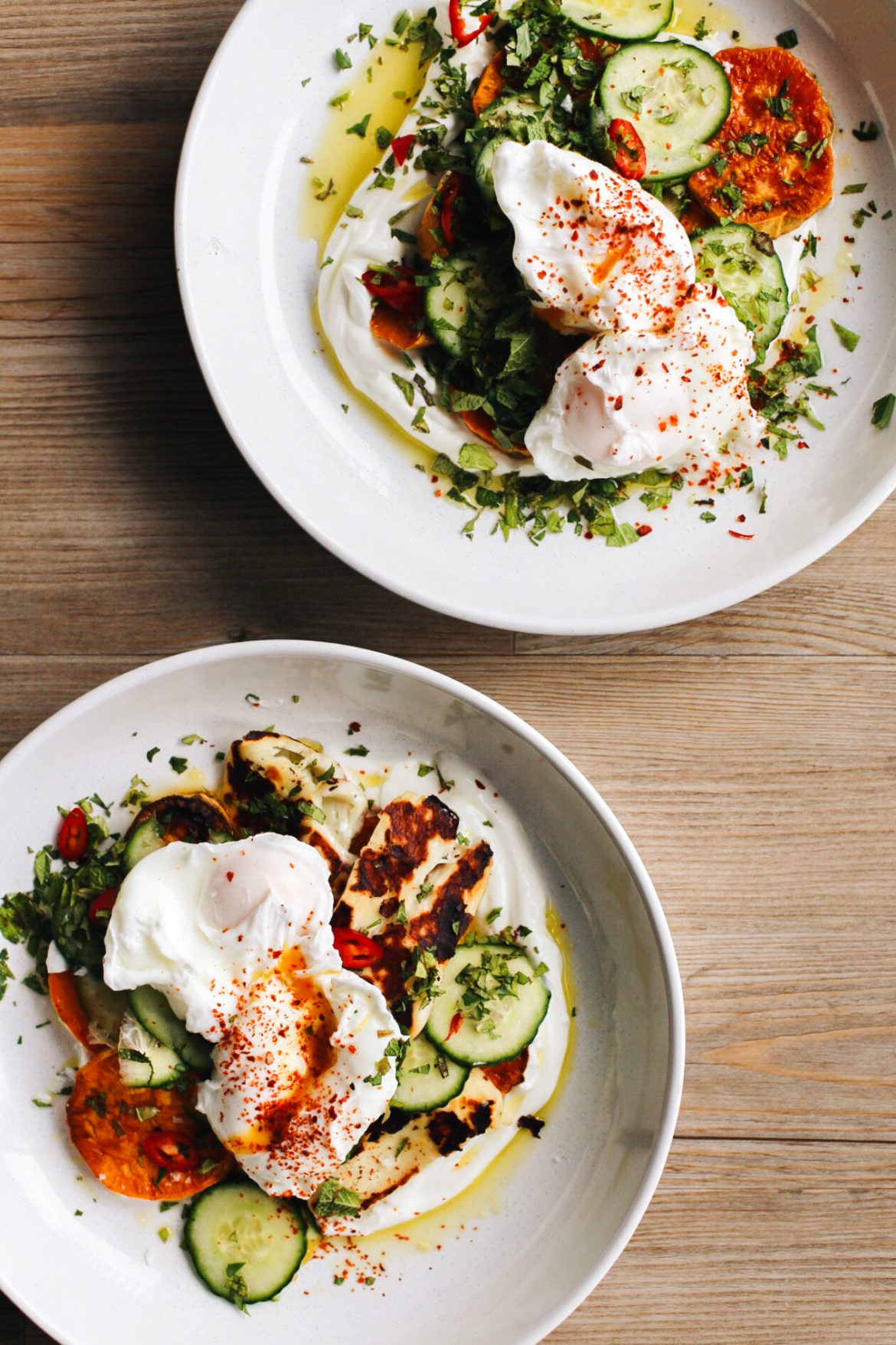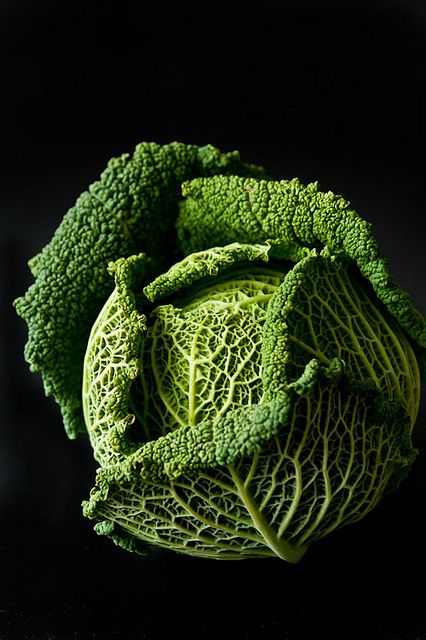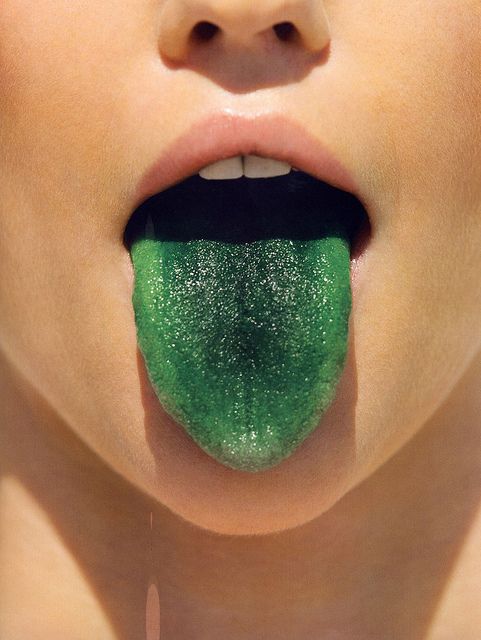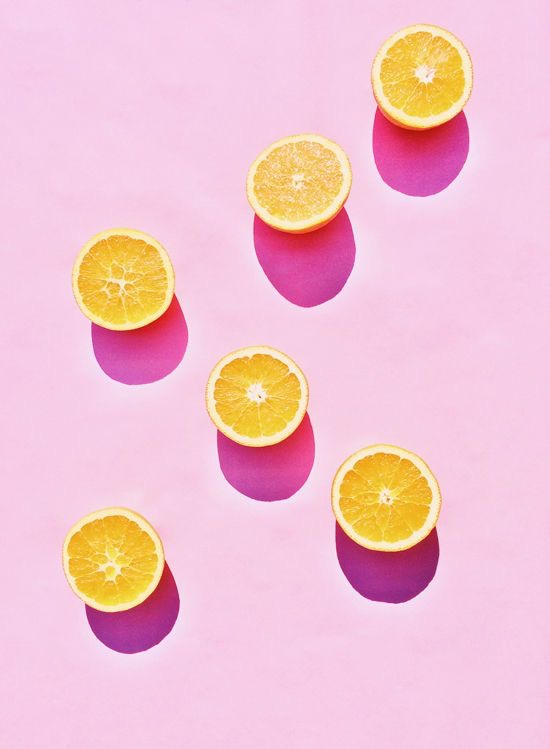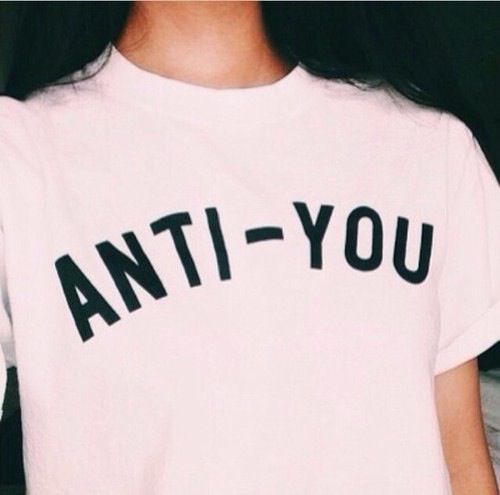Appetizing outfits and fashionable food. A feast for the senses. Who wore it better? New York Fashion Week street styles shots with recipes I’d love to make and eat. Enjoy!
Read moreEasy Creamy Carrot and Cauliflower Soup
I love orange food. Not just for the colour itself but also for the healthy carotenoids that contribute these golden hues. Carotenoids are one of the 7 Foods That Pause Aging…
Read moreMake Your Own Sauerkraut and Kimchi - Gut Health 101
Our gut bacteria play a major role in several key body functions from neurotransmitter synthesis (including serotonin) to antibody production, immune defense and lipid metabolism (how we deal with fats). Eating fermented foods has been shown to benefit these functions, and overall health.
Read moreThe Reset salad
This is my go-to fix if I'm feeling less good and more gross (toxic, lethargic, bloated) and HUNGRY - a combination of sensations that usually come about after a particularly feast-focused weekend or a vacation with friends...
Read moreWhat's the best PROTEIN POWDER for you?
The world is waking up to the power of dietary protein.
Whether you want to manage your weight, curb cravings, have better energy levels or do your part to prevent carb-driven metabolic disorders like diabetes, Alzheimer’s, and heart disease, eating enough protein throughout the day is where to start.
What is a protein?
Proteins are made of tiny molecules called amino acids that form the building blocks of just about everything in our bodies. Muscles, skin, hair, hormones, enzymes, neurotransmitters (brain messengers) - all rely on adequate protein in the diet.
Eggs, Fish, Meat, Lentils, Beans, Seeds, Nuts, Natto, Kefir, Raw Milk, Raw Cheese are some good dietary sources.
From a digestion and structural point of view, proteins are more complex and take longer to be broken down than carbohydrates, so eating protein keeps you fuller for longer, fills you up faster, slows down the release of glucose into the bloodstream, and prevents the energy dips that we get from eating high-carb (or carb-only) meals (read: cereal and milk, a sandwich, a fruit juice, a store-bought 'health' bar).
One of the first things I get my clients to do when I start working with them, is to make (and enjoy) plant-based protein smoothies. It's a very quick, easy and delicious way to get a LOT of nutrients into your body with minimal effort.
I always add whole -food proteins like nuts and seeds but sometimes you need a little extra protein, which is where shakes come in.
Not all protein powders are created equal. Here's a breakdown of the different types out there - find your best fit:
Blueberry spinach almond butter smoothies. Photographed by Aviva Klein in New York.
Whey Protein
- Source: Cow’s Milk. Whey is one of two protein components in cow’s milk (casein is the other one)
- Vegan?: No
- Main pro: Highly bioavailable, meaning it can be easily used by your body
- Main con: Cow’s milk is a common gut irritant that causes low grade systemic inflammation for many people without them ever realizing it (until they stop eating and drinking dairy for a while.)
Good for you if:
- You want more lean muscle mass and work out a lot
- You tolerate dairy well
- You get it from a good source – organic, grass-fed, minimal ingredients, no thickeners, no sweeteners.
Pea Protein
- Source: Plants; usually yellow peas.
- Vegan?: Yes
- Main pro: Hypoallergenic
- Main con: Does not contain the full spectrum of amino acids (it’s missing cysteine)
Good for you if:
- You’re vegan
- You mix it into other blends of protein (e.g. hemp or rice) to get all the necessary amino acids
- You tolerate legumes
- You get it from a good source – organic, minimal ingredients, no thickeners, no sweeteners.
Rice Protein
- Source: Like the name says, rice
- Vegan?: Yes
- Main pro: Hypoallergenic, plus an extra dose of B vitamins and fiber
- Main con: Contains a small amount of carbs (good for post-workout recovery, though)
Good for you if:
- You’re vegan
- You’re not paleo
- You mix it into other blends of protein (e.g. hemp or pea) or nuts and seeds to get all the essential amino acids
- You tolerate grains
- You get it from a good source – organic, minimal ingredients, no thickeners, no sweeteners.
Hemp Protein
- Source: Hemp seeds (from the cannabis plant)
- Vegan?: Yes
- Main pro: Hypoallergenic, complete source of protein (has all the 9 essential amino acids), and extra dose of omegas.
- Main con: The least bioavailable of the lot, meaning your body doesn’t absorb and use it as well as other sources
Good for you if:
- You’re vegan
- You’re paleo
- You don’t mind spending a bit extra to get the good stuff
- You get it from a good, high-quality source – organic, minimal ingredients, no thickeners, no sweeteners.
Collagen
- Source: Animal connective tissue
- Vegan?: No
- Main pro: Can be good for skin and joint health.
- Main con: Being a beauty product, a lot of the hype is faddy and many label promises are not proven.
Good for you if:
- You’re not vegan
- You’re paleo
- You don’t mind spending a bit extra to get the good stuff
- You get it from a good, high-quality source – organic, grass-fed, minimal ingredients, no thickeners, no sweeteners.
Spirulina
- Source: Blue-green algae
- Vegan?: Yes
- Main pro: Complete range of amino acids, plus extra minerals and antioxidants.
- Main con: Hard to know where it comes from
Good for you if:
- You get it from a good, high-quality source – organic, minimal ingredients, no thickeners, no sweeteners.
- You tolerate chlorophyll-containing drinks
- You’re paleo
- You’re vegan
WINNER?
In my view, a mix of rice and pea protein is the winning combo. Together these two sources make up the full spectrum of essential amino acids, while being vegan, and free of common irritants like casein, lactose, gluten, or soy.
Bioavailaibiltiy is also an important consideration. Most plant-based protein powders are only about 30-50% bioavailable, at best. Meaning that your body can only absorb and utilize about half the protein content. This is why it's important to keep your diet varied and not to rely only on on shakes.
I'm here to help you navigate your personal nutrition. Let me know if you have questions!
The I in INFLAMMATION - how YOU fit in to the latest food focus. And 6 ways to lower it. →
Medical researchers far and wide have realized that inflammation is the major underlying common denominator of some our most tenacious and debilitating modern day diseases. Here's how you can keep inflammation down.
Read moreHEALTH and HAPPINESS: fake it till you make it
Apparently there's no diff between pretending to be happy and actually being genuinely happy.
Read moreI made a thai-peanut-noodle-salad that's worth writing home about
Friends! Behold:
The EASIEST, 100% innocent GF, Vegan, Dairy-free Thai Noodle Salad.
('Thai' is used here in the 'Recipe Title' because the addition of peanuts or lime to any savoury dish automatically makes it Thai and/or Vietnamese and/or exotic, right?)
This is what happened, and it COULD HAPPEN TO YOU:
I spotted a packet of gluten-free soba noodles (100% buckwheat) in my pantry cupboard and then forgot about it. Later, same day, whilst strolling the outdoor aisles of the Union Square Farmer's Market, a table of round and shining neon-purple cabbage heads caught my eager nerd eye. Anything from the cabbage/cruciferous family is always welcome in my cart and my life, because: 1. Sulphurous veg and 2. Phase Two detoxification. (Do not ask, simply trust)
- Shred said cabbage into the most delicate white-and-mauve ribbons using a big sharp knife, drop them into the biggest bowl and then cover them in this dressing:
- 2 tablespoons crunchy peanut butter (organic, 100% raw peanuts)
- 3 Tblspns Tamari sauce (or Soy, if you're cool with gluten)
- The juice of 1 big lime
- 1 heaped, dripping Tbspn of local raw honey
- A half-thumb size of fresh ginger, finely chopped
- 1 clove garlic, finely chopped
- three shakes of you favourite hot sauce
- more lime luice ;)
2. Boil the gluten-free noodles as per cooking instructions on the packet. While they're boiling, slice some mushrooms into a bowl and cover them in tamari sauce until they're swimming.
3. Drain the cooked noodles well & pour them all over your dressed-up red cabbage. Mix it all together with your clean hands (don't burn). Feel the noodles, cabbage and peanut sauce slide all over the place like uncontrollable slippery snakes. Inhale a hit of garlic and ginger scent. Be dramatic.
4. Top the lot with your juicy not-cooked mushroom slices and some avocado if you want to, but whatevs - anyhting from here on out is just details. I'm dreaming up all kinds of toppings for future feasts -- bbq prawn; sesame crusted oven-grilled tofu; shredded spicy carrots; sliced green onions and pan-heated peanuts! What else?!
Oh, the food nerdery!
Bon ap, rabbits. Let me know how it goes.
All the x's and o's.


